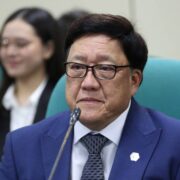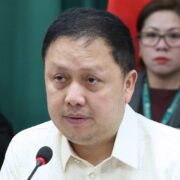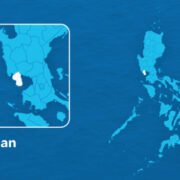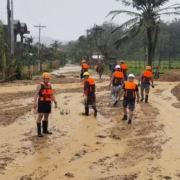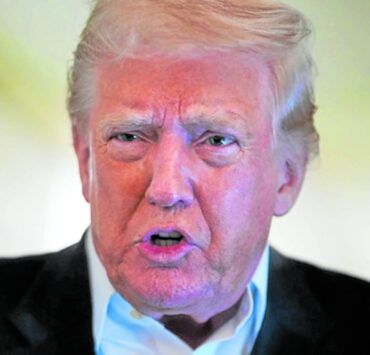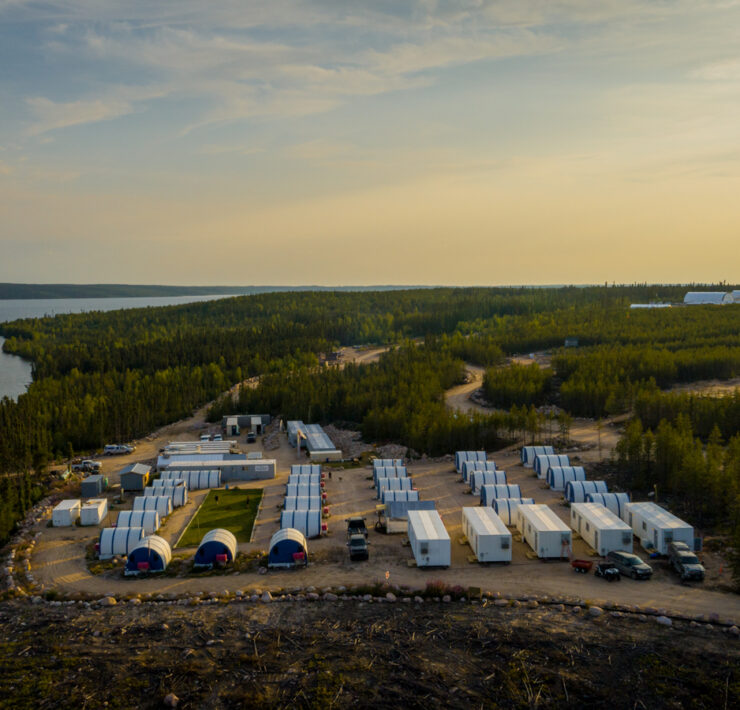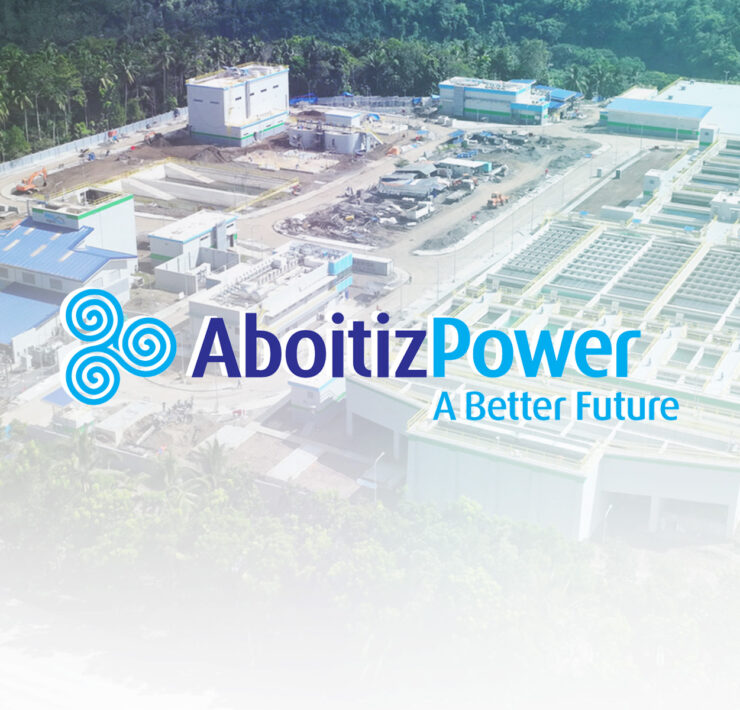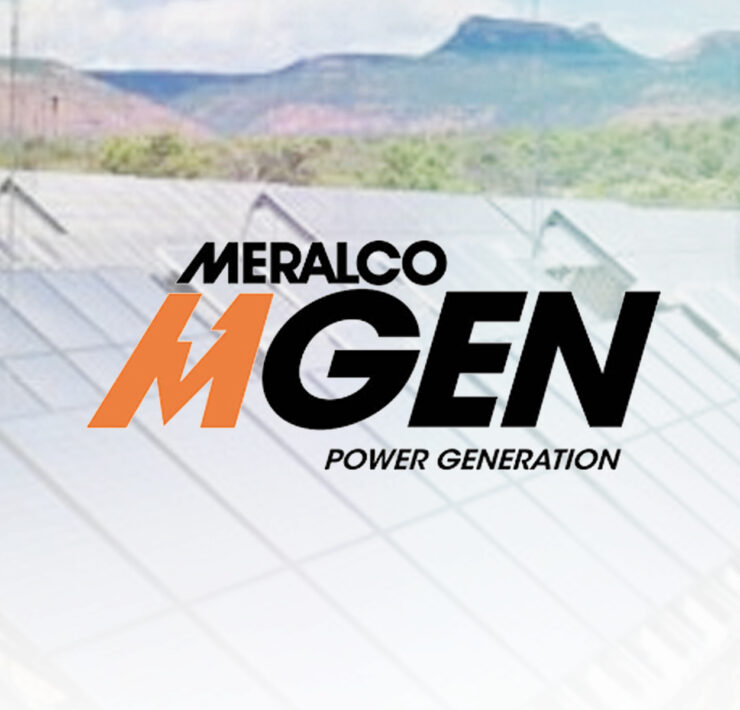Trump’s ‘drill, baby, drill’ not scaring off PH’s clean energy champs
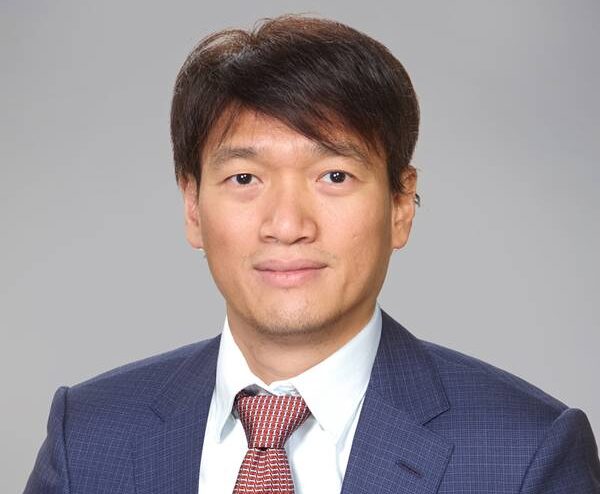
The Philippines and other countries in the region can still maintain their current momentum in renewable energy expansion, although a potential slowdown is in sight amid US President Donald Trump’s controversial moves affecting clean power efforts.
According to Department of Energy (DOE) Undersecretary Rowena Cristina Guevara, nations in Asia can still find strong backing among themselves.
“I look at it as an opportunity for the region to flourish in renewable energy. We can have partnerships among us. And we do have leaders in Asia, like China, Japan, Korea, and India, [already] leading the renewable energy market,” she said at the recent Asia CEO Renewable Energy Forum.
The official noted that despite all the noise from the recent pronouncements of Trump, the government may welcome a fresh investment from the US for the local renewable energy sector.
“So while all of these things are happening on the other side of the world, good things continue to happen in our little part of the country,” said Guevara, who did not reveal the details of the investment.
Shortly after his return to the US White House in January, Trump had decided to exit from the Paris climate agreement, an international treaty that seeks to reduce greenhouse emissions. On top of this, Trump had repeatedly criticized clean energy sources, such as solar and wind.
Amid its attacks against renewables, Trump expressed support for fossil fuel production with his famous line: “We will drill, baby, drill.”
Worries linger
An executive from the private sector, however, said Trump’s policies were “affecting the sentiment and creating headwind to energy transition.”
According to ACEN president and chief executive Eric Francia, elevated interest rates, which lead to more expensive borrowing costs, could put pressure on companies’ financing for renewable energy projects.
The official also told Inquirer earlier that more capital was flowing into fossil fuel, with some major firms abandoning or halting their clean energy targets.
But Francia was keeping his bullishness, stressing there was a “need to add energy sources with the rising demand under the economic growth.”
ACEN, a known player in the local energy sector with about 7 gigawatts (GW) of capacity, is pushing for the early retirement of its coal operations in the country.
Francia said ACEN was committed to pursuing this in a “responsible manner” by replacing coal output with “reliable and affordable clean energy.”
“You can call that very idealistic and so forth, but now is not the time to give up on energy transition,” he said.
Irreversible
Maria Theresa Capella, founder and chair of the Philippine Solar and Storage Energy Alliance (PSSEA), said it would be impossible to “reverse” the efforts initiated for energy transition. PSSEA is composed of stakeholders, including manufacturers and developers, in the solar industry.
However, a slowdown, especially in funding, is anticipated, Capella said.
“It will only be a slowdown, but not a reversal of a transition,” she noted, adding:
“And what is important in the manufacturing sector, I believe, is the costs. Economics will dictate the momentum of this transition. It is not politics.”
Capella said industry players can find comfort in the aggressiveness of China—a major foe of the US in the trade war.
“I think we cannot ignore that China’s effort… is significant … It has resulted in the very significant and phenomenal reduction of prices of value,” she said.
China has been leading the world in renewable energy development, aggressively installing wind and solar power plants. In 2024 alone, the country was able to exceed its target of deploying at least 1,200 GW from clean power sources—six years ahead of the deadline set by its president, Xi Jinping.
This was mirrored by Oliver Tan, president and chief executive of Citicore Renewable Energy Corp. (CREC), a group seeking to build 5 GW of renewables capacity by 2028.
“If you look at US investment … related to energy transition, it actually has been flattish even before the second return of President Trump to the White House. It’s primarily led by China,” Tan said in the same forum.
Tan also shrugged off fears that the US’ maneuvers would spoil the capital push for clean energy.
“At the end of the day, smart money will eventually find its way to areas where there’s a compelling investment thesis. And the Philippines today is a very compelling investment thesis for funds that will eventually come,” he added.
The Philippine government has an ambitious target of scaling up renewable energy’s share in the power generation mix to at least 35 percent by 2030 from 22 percent at present.





